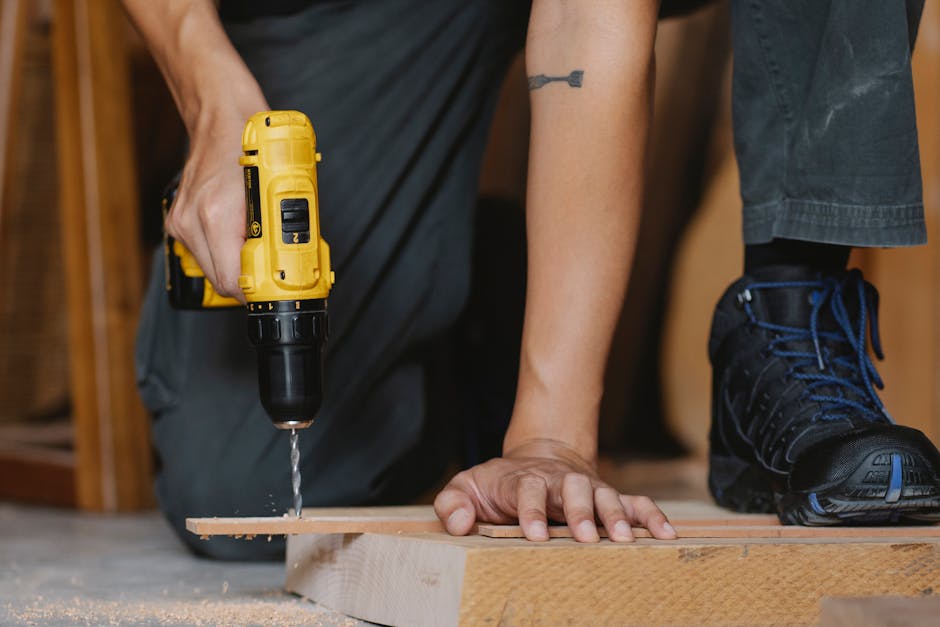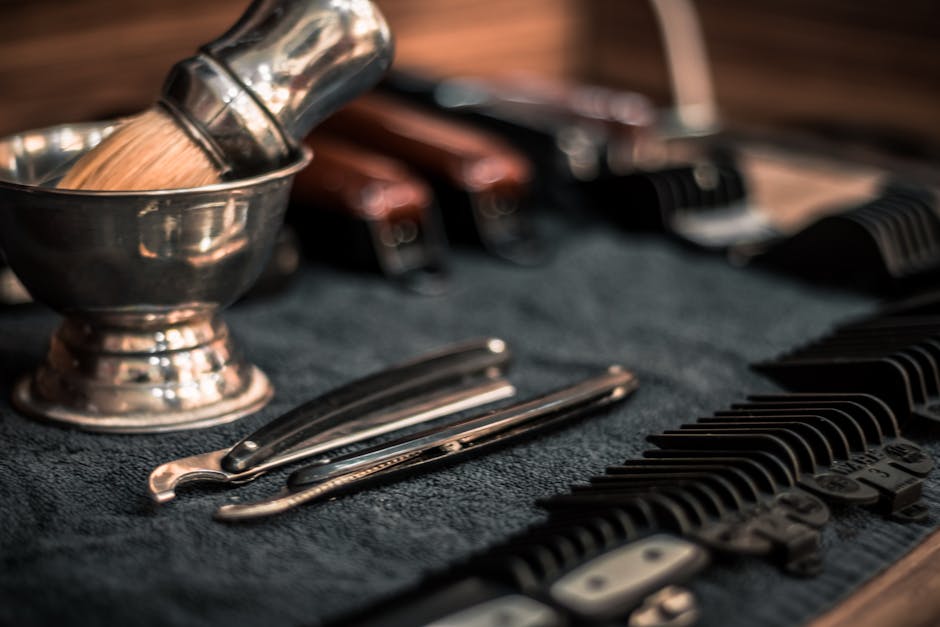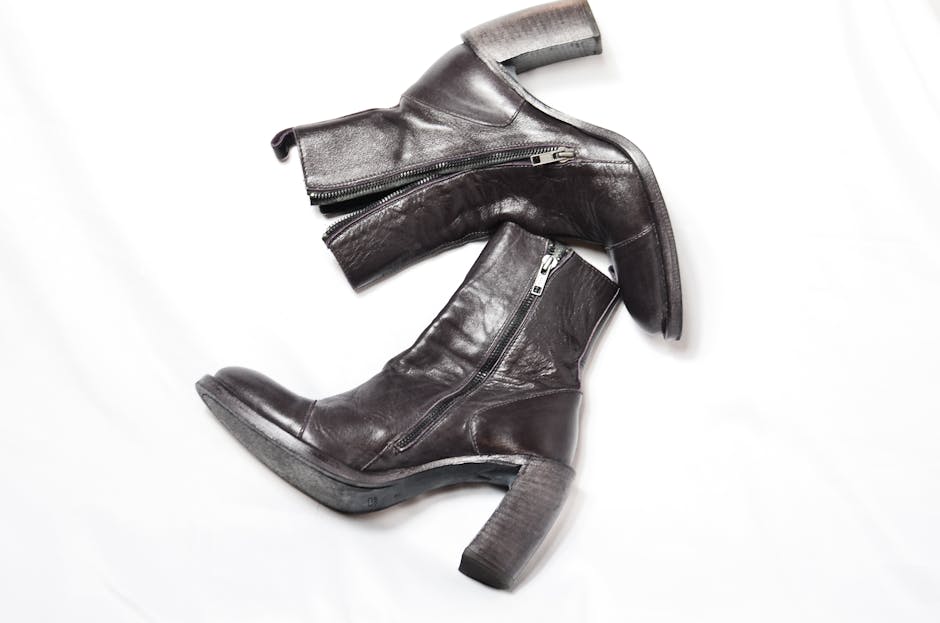Introduction
If you’re wondering how to resole boots, you’ve come to the right place. Resoling boots can save your favorite pair from the trash and extend their life. It’s a valuable skill that reduces waste, saves money, and maintains the quality of your footwear. Here’s a quick rundown of the process:
Quick Steps to Resole Boots:
- Remove the Old Sole: Carefully take off the worn-out sole.
- Prepare the New Sole: Trim and get the new sole ready.
- Attach the New Sole: Use adhesive to bond the new sole to the boot.
- Allow Time to Dry: Let the glue set for at least 24 hours.
- Finishing Touches: Trim, smooth, and polish as needed.
Resoling is not just a practical choice; it’s an environmentally friendly one. Instead of contributing to landfill waste, you’re giving your boots a second life. Plus, resoling can be more cost-effective than buying a new pair, especially for high-quality boots with durable uppers.
As NuShoe emphasizes, “Proper care of your shoes can dramatically extend their lifetime.” Whether you choose to do it yourself with a boot resole kit or opt for a professional service, resoling is a smart move for any shoe enthusiast.

Can You Resole Your Own Boots?
Absolutely, you can resole your own boots! It might seem daunting, but with the right tools and a bit of patience, it’s a doable project. Here’s a quick rundown to help you get started.
DIY Resoling
DIY resoling is a great way to save money and extend the life of your boots. Many people have successfully done it, as seen in various online communities. For instance, one Reddit user shared their experience of resoling a pair of Eastland Lumber Up boots. Despite the boots being inexpensive, they found joy in the project and learned a lot from it.
Stitchdown Method
If your boots are stitched down, like many high-quality work boots, you’ll need to understand the stitching technique. Stitchdown construction involves stitching the boot upper directly to the midsole, making it more durable. This method is a bit more complex but offers a robust and long-lasting result.
Adhesive Bonding
For boots that use adhesive bonding, the process is simpler. Adhesive bonding involves gluing the sole to the boot. This is common in many modern boots and can be done with a good quality adhesive found in most boot resole kits. The key here is to use a strong adhesive that can withstand daily wear and tear.
One user on Reddit mentioned using contact cement and providing tips on ensuring a strong bond. They suggested applying the adhesive to both the boot and the new sole, letting it set until tacky, then heating it slightly before pressing the parts together.
Tools and Materials
To resole your boots, you’ll need a few essential tools and materials:
- Knife or similar tool to remove the old sole
- Sandpaper to prepare the surface for the new sole
- Adhesive (like Barge’s or Angelus)
- Replacement soles that fit your boots
- Clamps to hold everything in place while the adhesive sets
Tips and Tricks
- Clean Thoroughly: Before starting, clean your boots to remove any dirt or grime. This ensures the adhesive bonds well.
- Take Your Time: Be patient, especially when aligning the new sole. A rushed job can lead to misalignment and a poor bond.
- Use Clamps: After applying the new sole, use clamps to hold it in place. This ensures a strong bond.
Real-Life Example
A NuShoe customer shared their experience of resoling their Danner boots. Despite being disappointed with professional services, they decided to DIY. They found that sourcing high-quality materials, like Vibram soles, was crucial. They also emphasized the importance of following detailed instructions and taking the time to do it right.

Conclusion
Resoling your own boots can be a rewarding project. It not only saves money but also gives you a sense of accomplishment. However, if you find the process too challenging, professional services like NuShoe are always available to ensure high-quality results.
Next, we’ll explore whether it’s worth getting your boots resoled and the benefits it brings.
Is It Worth Getting Boots Resoled?
When deciding whether to resole your boots or buy new ones, consider these factors: practicality, environmental impact, and sentimental value.
Practicality
Cost Savings
Resoling boots is often more cost-effective than buying new ones. For example, the repair cost for Kenetrek Mountain Extremes was $135, much cheaper than a new pair. Plus, many professional services, like NuShoe, offer additional benefits like new laces and insoles, making your boots feel brand new.
Extended Lifespan
High-quality boots are built to last. As one user pointed out, “The reality of a really good boot is that we will walk the soles off before the rest of the boot is ready to retire.”
Environmental Impact
Reducing Waste
Resoling helps reduce waste. Instead of discarding worn boots, you give them a new lease on life. This eco-friendly choice is crucial in today’s world where sustainability is a growing concern.
Resource Conservation
Manufacturing new boots consumes resources. By resoling, you minimize the demand for new materials, conserving resources and reducing your carbon footprint.
Sentimental Value
Personal Attachment
Boots often carry sentimental value. They might remind you of adventures, milestones, or daily routines. Resoling allows you to keep those memories alive.
Comfort and Fit
Breaking in new boots can be a painful process. Resoled boots maintain the comfort and fit you’ve grown accustomed to. As one satisfied customer said, “I was stoked to be getting back a ‘brand new pair’ of broken-in Kenetreks that fit like a glove.”
Customization
DIY resoling offers the chance to customize your boots. For instance, one user planned to put black Vibram Christy soles on their Eastland Lumber Up boots, turning a worn-out pair into something unique.
Next, we’ll delve into the costs associated with resoling boots and how it compares to buying new ones.
How Much Does It Cost to Put New Soles on Boots?
When considering how to resole boots, the cost is a crucial factor. Let’s break down the expenses involved in resoling and compare them to the price of buying new boots.
Full-Sole Service
A full-sole service replaces the entire sole of your boot. This is ideal for boots with extensive wear or damage. The cost typically ranges from $80 to $150. Factors influencing the price include the type of boots and the materials used. For example, hunting boots with rubber rands can be more expensive to resole than hiking boots without rubber.
A full-sole resole might seem pricey, but it can extend the lifespan of your boots significantly. As one customer noted, “My work boots came back like new! Old paint was all removed, and new original soles were replaced. It was worth the wait.”
Half-Sole Service
A half-sole service is a more affordable option, costing between $25 to $55. This involves replacing only the worn-out part of the sole, leaving the rest intact. It’s a good choice if the upper part of the sole is still in decent condition.
However, it’s important to note that a half-sole repair might not last as long as a full-sole repair. As such, you may end up needing another resole sooner, which could add to the overall cost in the long run.
Comparison to New Boots
New boots can be expensive, often ranging from $400 to $600. Resoling, on the other hand, offers a cost-effective alternative. Even at the higher end, a full resole at $150 is significantly cheaper than a new pair of boots.
Moreover, resoling maintains the comfort and fit of your well-worn boots, something new boots can’t offer immediately. As one happy customer shared, “This was my first experience ever having footwear resoled. I sent my boots in for restoration and received them about 3 weeks later. If that seems like a long time, trust me: it’s worth the wait.”
Cost Breakdown
| Service Type | Cost Range | Longevity |
|---|---|---|
| Full-Sole Service | $80 – $150 | Long-lasting, comprehensive |
| Half-Sole Service | $25 – $55 | Shorter lifespan |
| New Boots | $400 – $600 | Brand new fit and look |
Investing in a resole can save you money in the long run and keep your favorite boots in top condition. Next, we’ll explore the step-by-step process of resoling your boots at home.
The Resoling Process Explained
Removing Old Sole
The first step in how to resole boots is removing the old sole. Use a utility knife or a chisel to cut or peel off the worn-out sole. Be careful not to damage the boot’s upper part. If the sole is glued, you might need to soften the adhesive with a heat gun or hair dryer.
Preparing New Sole
Next, prepare the new sole. Trim it to fit the size and shape of your boot. Most boot resole kits come with soles that can be cut to size. Sand the edges of the new sole to ensure a smooth fit. Make sure to clean the surfaces to remove any dust or debris.
Attaching New Sole
Apply adhesive to both the boot and the new sole. Spread it evenly to ensure a strong bond. Press the sole onto the boot firmly. Some people like to use clamps to hold everything in place. Let the adhesive set for about 10-20 minutes, then use a hair dryer to reactivate the glue for a more secure bond.
Drying Time
Allow the adhesive to dry completely. This usually takes at least 24 hours. Avoid wearing the boots during this time to ensure the adhesive cures properly.
Finishing Touches
Once the adhesive is fully cured, trim any excess material from the new sole. Use a sander to smooth the edges. Polish the boot to restore its appearance. Some kits also include finishing products to give your boots a professional look.
Choosing the Right Resole Kit
When choosing a boot resole kit, consider options like Vibram and Tuff Toe. Vibram soles are known for their durability and grip, making them a popular choice for outdoor and work boots. Tuff Toe offers protective coatings that can prolong the life of your boots.
Professional vs. DIY Resoling
While DIY resoling can be cost-effective, it comes with its challenges. Without the right tools and skills, you might not achieve the best results. That’s where professional services like NuShoe come in. They offer high-quality resoling services, including replacement Vibram soles, custom stitching, and thorough cleaning.
NuShoe has resoled over 4,000,000 pairs of shoes since 1994, guaranteeing your satisfaction. As one customer, Wes, shared: “You guys did an incredible job. I’m extremely happy with the result. I’ll definitely be sending these back when I wear them out again.”
In the next section, we’ll discuss how to identify the best boots for resoling and the signs that indicate it’s time for a resole.
Identifying the Best Boots for Resoling
When considering how to resole boots, it’s crucial to know which boots are the best candidates for the process. Not all boots are created equal, and some are much easier to resole than others. Here’s what you need to know.
Goodyear Welt
The Goodyear welt is a hallmark of quality footwear. It involves stitching the upper part of the boot, the insole, and the welt together. This construction makes resoling straightforward because the old sole can be removed and a new one stitched in its place.
Boots with a Goodyear welt can be resoled multiple times, extending their life significantly. Brands like Red Wing and Thorogood use this method, making their boots ideal for resoling.
Signs for Resoling
How do you know it’s time to resole your boots? Here are some clear signs:
- Worn Soles: If your soles are thin, have holes, or are coming apart, it’s time for a resole.
- Visible Stitching: When you can see the stitching of the welt through the soles, it’s a sign that the soles are worn out.
- Uncomfortable Boots: If your boots have lost their cushioning or support, a new sole can make them comfortable again.
Boot Condition
Before you decide to resole, check the overall condition of your boots. The upper part should still be in good shape. If the leather is cracked or the structure is compromised, resoling might not be worth it.
For instance, Wes from our previous section was thrilled with his resoled boots because the upper part was still in excellent condition. This made the investment in resoling worthwhile.
Conclusion
In summary, the best boots for resoling are those with a Goodyear welt and an upper that is still in good condition. Look for signs like worn soles and visible stitching to know when it’s time for a resole.
In the next section, we’ll answer some frequently asked questions about resoling boots to help you make an informed decision.
Frequently Asked Questions about Resoling Boots
Can I Replace the Soles of My Boots?
Absolutely, you can replace the soles of your boots. With a boot resole kit, you can even do it yourself at home. The process is straightforward: remove the old sole, prepare the new sole, attach it with adhesive, and allow it to dry. Many boot owners find this to be a cost-effective and satisfying way to extend the life of their favorite footwear.
For instance, Rudolf from Ann Arbor shared his experience on Reddit, mentioning how he had his Danner boots resoled twice but wasn’t satisfied with the service. This led him to consider doing it himself. He found that sourcing quality soles, like Vibram, was a challenge but not impossible. Source.
How to Determine if Your Boots are Suitable for Resoling?
Not all boots are created equal when it comes to resoling. Here are some key factors to consider:
- Construction Type: Boots with a Goodyear welt are the easiest to resole. This construction method involves stitching the upper, insole, and sole together, making it simpler to replace the sole without damaging the boot.
- Upper Condition: Make sure the upper part of the boot is still in good condition. If the leather is cracked or the stitching is coming apart, a resole might not be worth it.
- Signs of Wear: Look for worn-out soles, visible stitching, and a decrease in comfort. These are clear indicators that it’s time for a resole.
A case in point is Kenetrek boots, which are designed to be easily resoled. One user shared that after two seasons of heavy use, his boots were still comfortable and waterproof, but the soles were worn out. He opted for a professional resole, which cost $135 and included reshaping the toe and replacing the insoles. Source.
How to Choose the Right Boot Resole Kit?
Choosing the right boot resole kit is crucial for a successful DIY resole. Here are some tips:
- Quality of Materials: Look for kits that include high-quality soles like Vibram. These are durable and provide excellent traction.
- Comprehensive Instructions: Ensure the kit comes with detailed instructions. This will guide you through each step of the process, making it easier even if you’re a beginner.
- Adhesive Quality: The adhesive is just as important as the sole. High-quality contact cement like Barge’s or Angelus ensures a strong bond.
For example, one Reddit user shared his plan to resole his Eastland Lumber Up boots using black Vibram Christy soles. He sought advice on the best way to remove the old sole, what to use for infilling the footbed, and the best type of cement. Source.
By considering these factors, you can choose a resole kit that meets your needs and ensures your boots are as good as new.
In the next section, we’ll delve into the conclusion and wrap up our ultimate guide to resoling boots.
Conclusion
Resoling your boots can significantly extend their lifespan, offering both practical and emotional benefits. Instead of discarding a beloved pair of boots, you can breathe new life into them, making them ready for more adventures. This not only saves money but also reduces waste, contributing to a more sustainable lifestyle.
At NuShoe, we specialize in shoe renewal, having resoled over 4 million pairs since 1994. Our expert craftsmen use high-quality materials and techniques to ensure your boots are restored to their former glory—or even better. Whether you choose a DIY boot resole kit or opt for our professional services, the goal is the same: prolonging the life of your favorite footwear.

Why Choose NuShoe?
- Expert Craftsmanship: Our team has years of experience in restoring various types of footwear.
- Quality Assurance: We use top-notch materials like Vibram™ rubber soles and ensure every repair meets high standards.
- Customer Satisfaction: As evidenced by numerous positive reviews, our customers are consistently pleased with the results. Eddie M. said, “I’m very impressed, the craftsmanship is outstanding! Way better than I expected.”
By trusting NuShoe with your boot resoling needs, you’re making a smart investment in the longevity of your footwear. So, the next time your boots start showing signs of wear, remember: resoling is a viable, cost-effective, and environmentally friendly option.
For more information on our services, visit our Boot Repair page.
Thank you for joining us in this ultimate guide to resoling boots. We hope you found it helpful and inspiring. Happy resoling!
